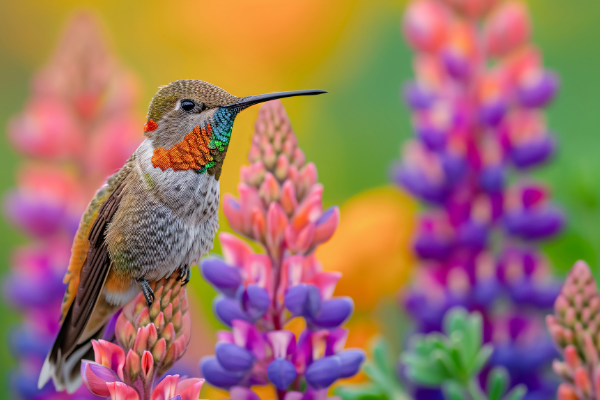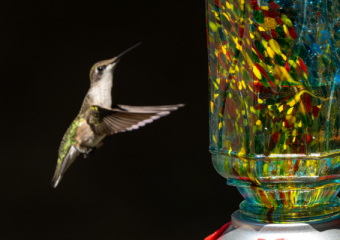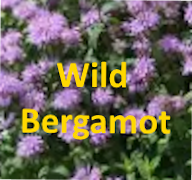Ultimate Guide: Best Flowers for Free Hummer Nectar
Harnessing Nature’s Bounty: Crafting Free Hummer Nectar Through Gardening
Homemade hummer nectar, costing merely $.60 per quart, presents an economical option, just about free, for those wishing to attract these vibrant birds to their yards. However, emulating nature’s method by using flowers not only furthers cost efficiency but also supports a more natural diet for these tiny pollinators. When embarking on this eco-friendly venture, knowing which flowers to plant and how much nectar they yield can transform your garden into a bustling hummingbird haven.
Understanding the Hummingbird’s Diet
Before diving into flower selections, it’s essential to comprehend the diet of a hummingbird. These birds primarily feed on nectar, a sweet liquid found within flowers, which provides the high energy they require for their rapid flight and high metabolism. In a single day, a hummingbird can consume up to half its body weight in nectar and insects. Considering their small size, this translates significantly in terms of floral nectar supply.
Selecting the Right Flowers for Free Hummingbird Nectar
The key to successfully attracting hummingbirds lies in the selection of appropriate flowers. These birds are particularly attracted to brightly colored blooms, especially those in shades of red, orange, and pink. However, color isn’t the only consideration; the shape of the flower also matters. Tubular flowers are ideal because their shape accommodates the long, narrow beaks of hummingbirds, allowing easy access to the nectar while also excluding most other pollinators.
Top Flowers to Cultivate
- Bee Balm (Monarda didyma): This perennial is a magnet for hummingbirds thanks to its vibrant red flowers. A single plant can produce a substantial amount of nectar, especially if kept well-watered and pruned to encourage more blooms.
- Salvia (Salvia spp.): Available in various colors, the red varieties, like Lady in Red, are particularly enticing to hummingbirds. Salvias are also drought-resistant, making them excellent for low-water gardens.
- Zinnias (Zinnia elegans): These bright, multi-colored annuals can provide a continuous food source from late spring through the first frost. Zinnias are easy to grow and effective at attracting hummingbirds and other pollinators.
- Trumpet Creeper (Campsis radicans): This vigorous vine produces large, trumpet-shaped flowers that are ideal for hummingbirds. It’s perfect for covering a fence or trellis but be mindful of its aggressive growth.
- Lantana (Lantana camara): This perennial shrub showcases clusters of small, multi-colored flowers that appeal to both hummingbirds and butterflies. It’s particularly adept at thriving in hot, sunny climates.
Calculating Nectar Production and Consumption
The amount of nectar each flower produces can vary significantly depending on the species, health of the plant, and environmental conditions. On average, a healthy patch of about 20 square feet planted with a mix of the flowers mentioned can cater adequately to a small population of hummingbirds. Each bird roughly consumes between 1/50th to 1/12th of an ounce of nectar each day. Given that a full garden of flowering plants can produce several ounces of nectar daily, a well-planned garden should suffice to feed several hummingbirds.
Benefits Beyond Feeding
Cultivating a garden for hummingbirds goes beyond merely supplying nectar. It supports the biodiversity of your local ecosystem by providing habitat and food resources for various insects and birds. Additionally, using plants instead of sugar water alleviates the risk of disease spread among hummingbird populations, a concern with feeders that are not properly maintained.
Conclusion
Transforming your garden into a free source of hummer nectar by planting specific flowers represents an enriching endeavor that pays off in vivid blooms and lively visitors. Not only does it cut down on the costs and maintenance of traditional feeders, but it also encourages a healthier, more natural diet for these fascinating birds, contributing positively to the local ecosystem. Watch as your garden becomes a hub of activity, bringing joy and color to your daily life while supporting nature right at your doorstep.






